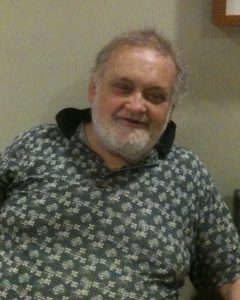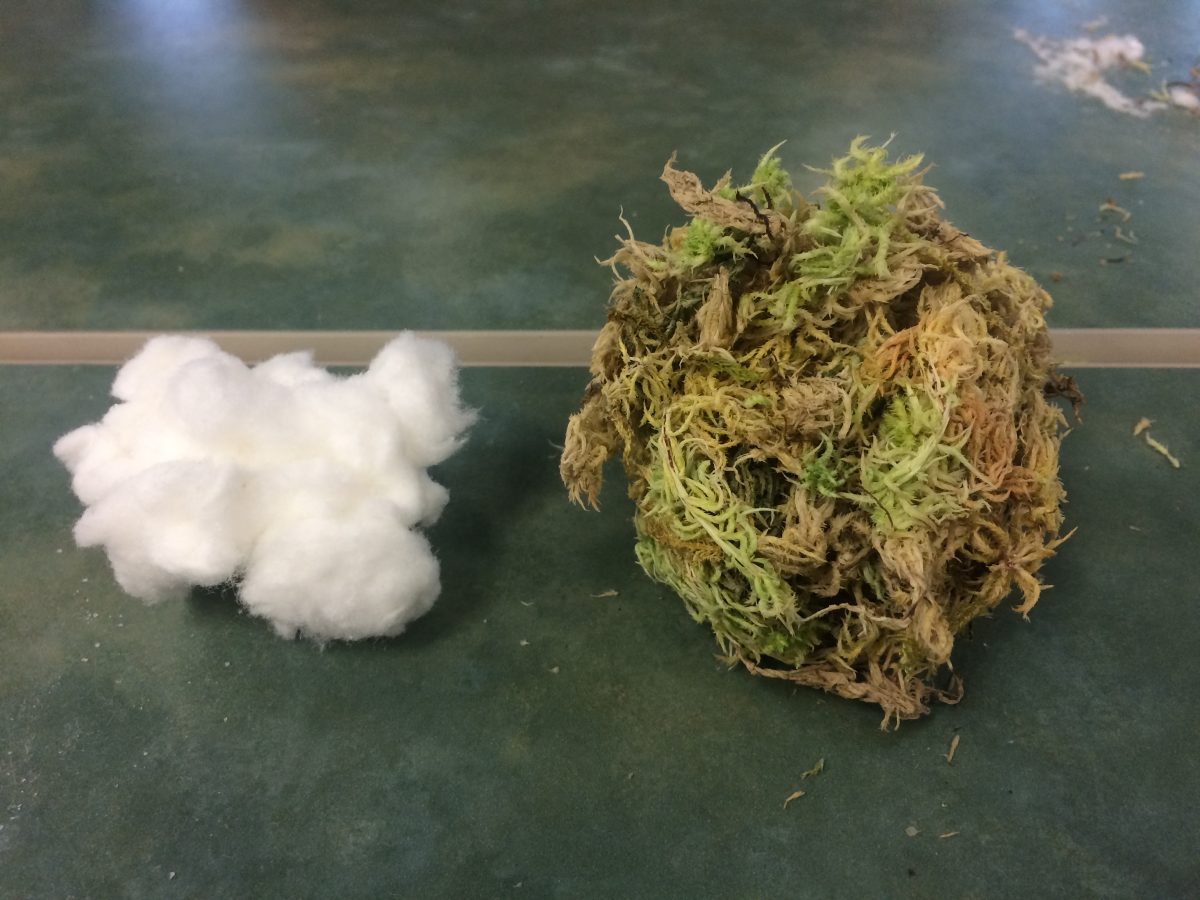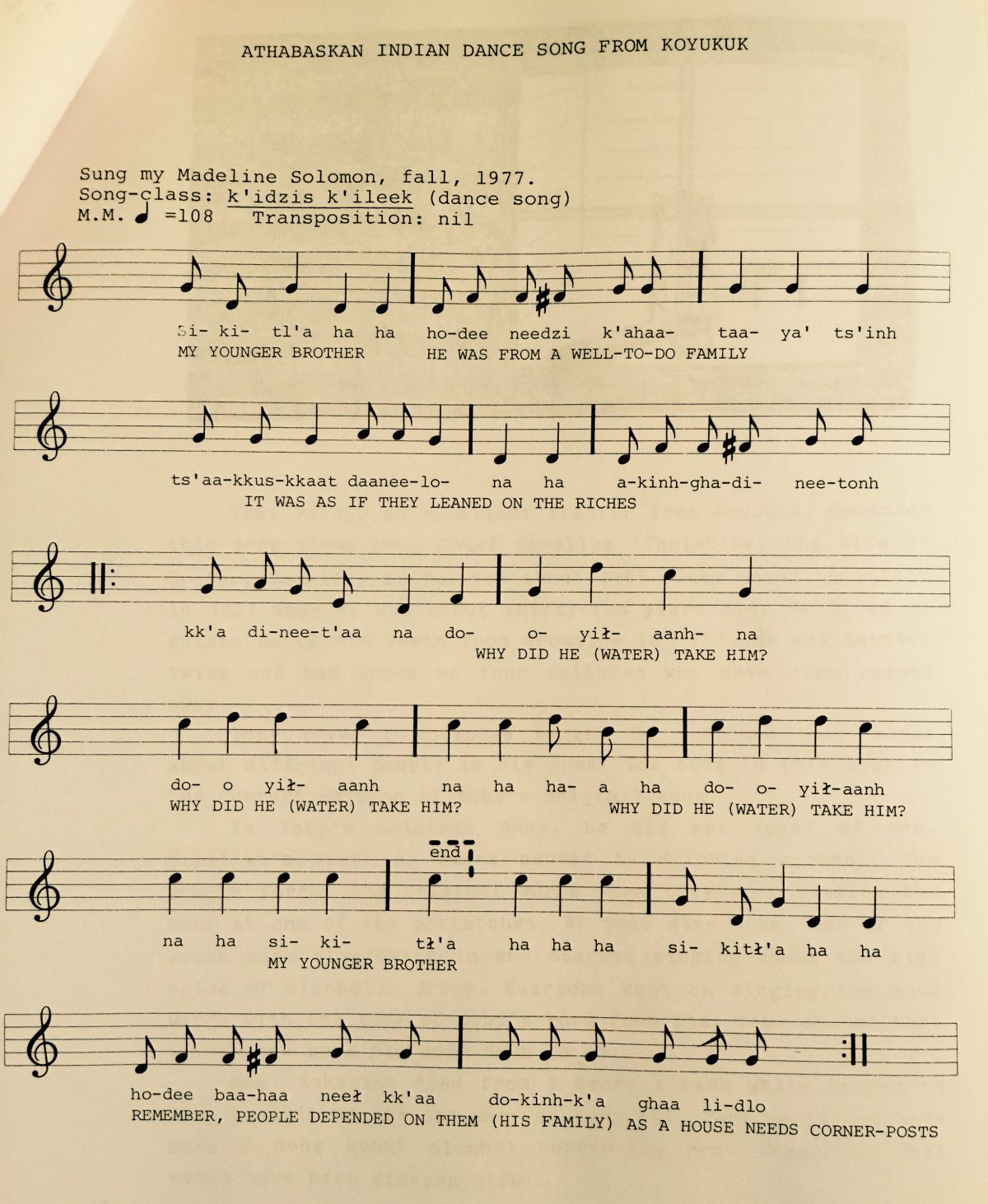Unfortunately, I missed Alberta’s presentation on 6/23. I did read Scott’s lesson he had prepared with his colleagues as a middle school teacher on the Kenai Peninsula. It was a great example of collaboration among disciplines to empower students to take an active interest in their own education by engaging with others in their community. As we’ve addressed multiple times during our class, school doesn’t have to be boring, with a teacher merely serving to dispense knowledge from the front of the room. That may be the old model of teaching, and something I certainly experienced as a middle (junior high) and high school student. In the secondary grades, schools should encourage students to do more than just become expert note-takers. I also took to heart how Scott admitted a learning curve when implementing his curriculum. There were things he would do differently in the future. That’s another lesson I took away from David K.’s talk, that we never stop learning. I can’t ever expect as an educator to have all the answers, nor should I expect that my future colleagues will have the answers. But, as with Scott, teaching is a collaborative experience at its best. Draw on the wisdom of others and the wisdom of experience, and you’ll know how to guide your students toward a more fulfilling education experience.
As an undergrad student at UAS, I’ve know Ernestine for years. Although I haven’t yet read her book, Blonde Indian, I’ve known her to be a passionate advocate for justice in the Alaska Native community. I am also aware of the difficulties she’s had as an employee of UAS. She was very frank about her sometimes tense relationships with her colleagues, but she has demonstrated time and again her passion for teaching. I greatly admire her work, yet I also know that there’s two sides to every story. She can come across as very angry, but much of that anger is justified, and someone has to say those things! While I may not agree on the severity of present-day colonialism, evidence of oppression certainly still pervades our culture, particularly with respect to education. There is a divide between Native and non-Native. The kids certainly know it, and feel it every day. I experienced it personally when I was a student. Now, my hope is to be that one teacher, as Ernestine said, that will change the world. Not too tall of an order. That’s a teacher’s job.


